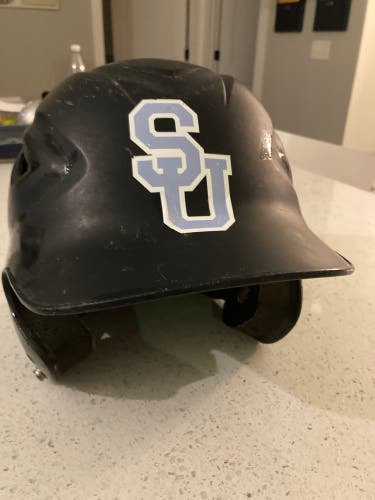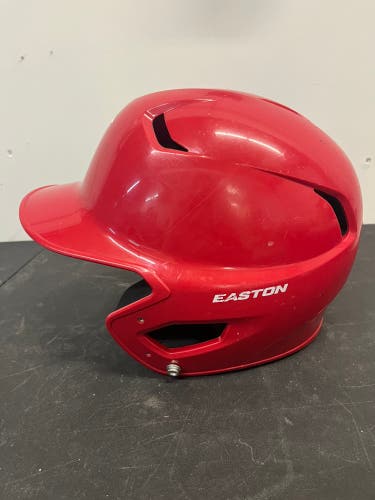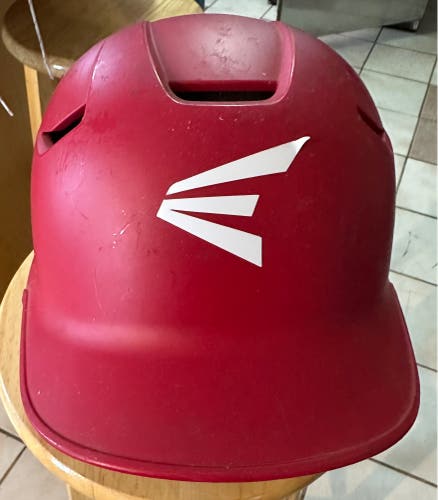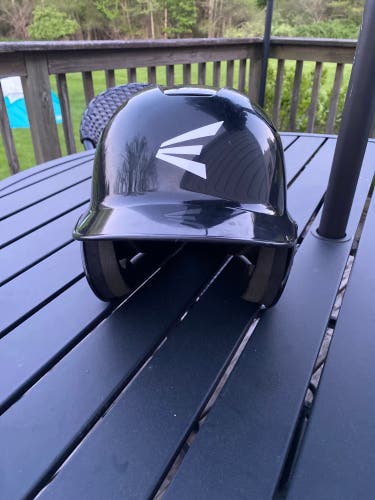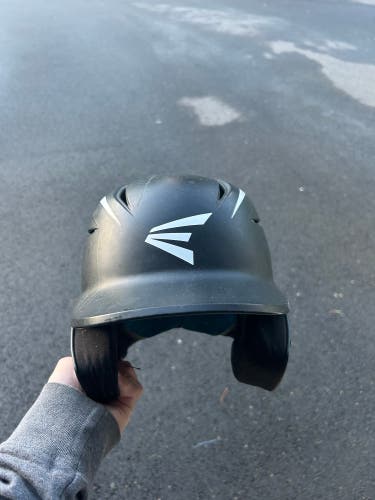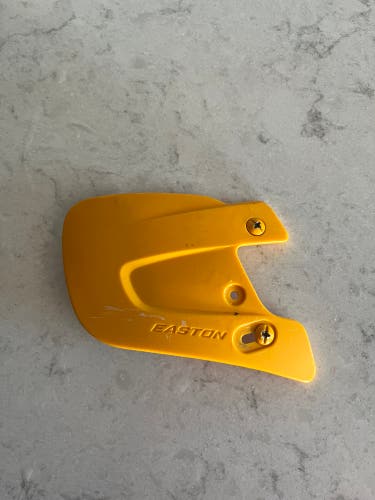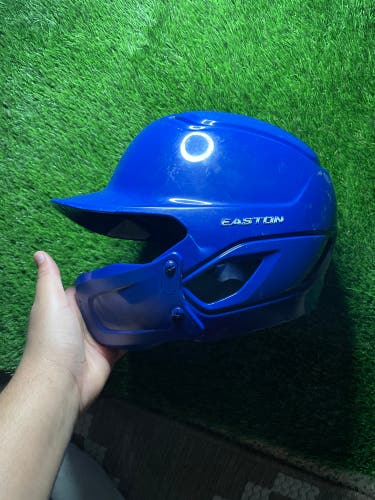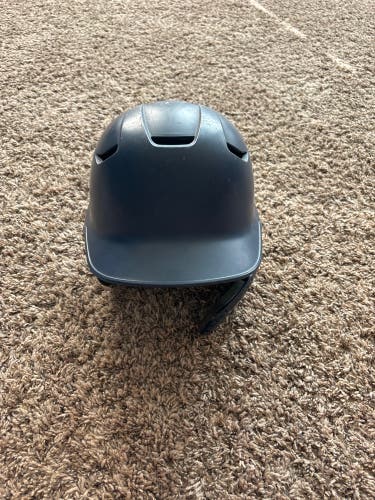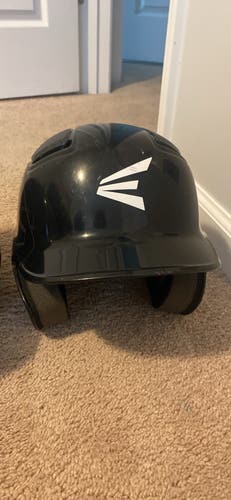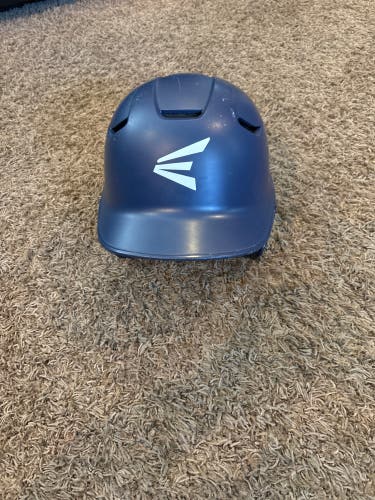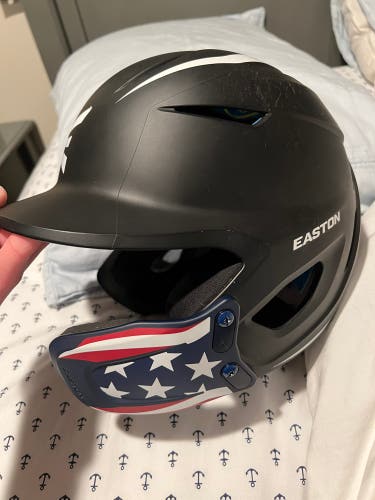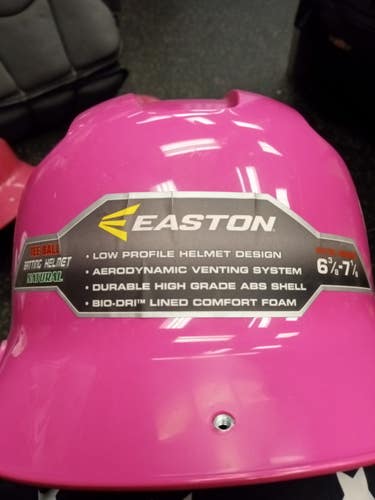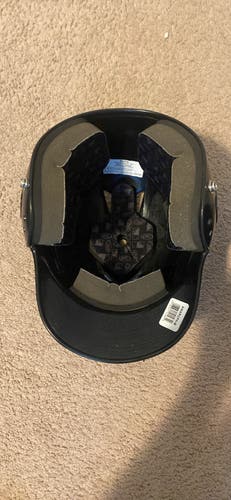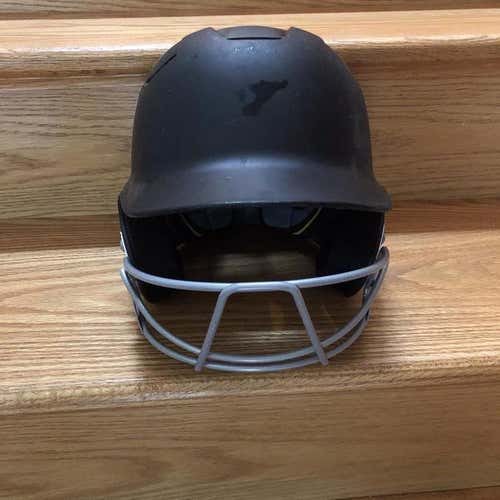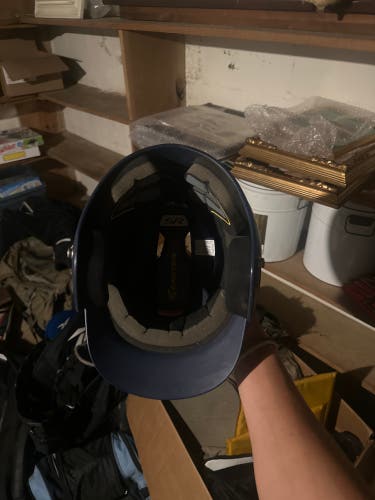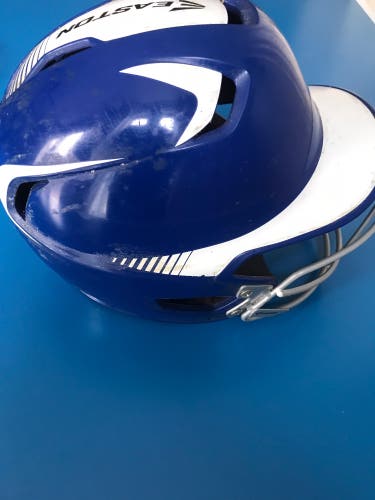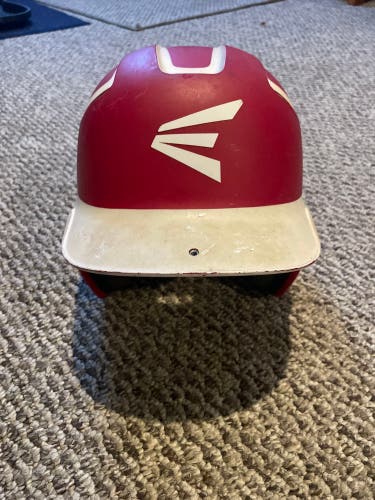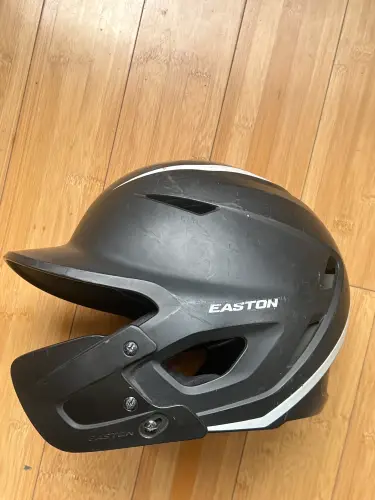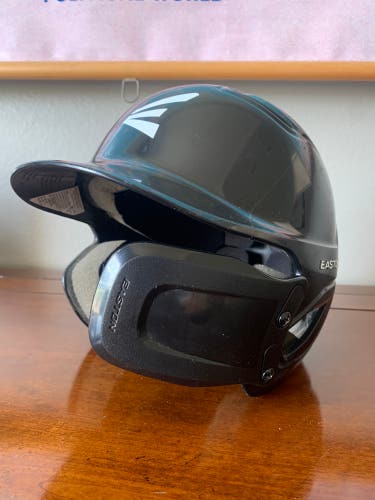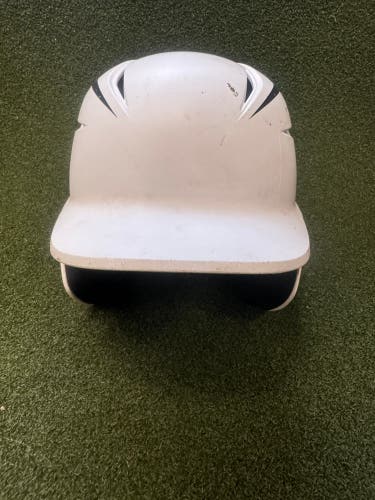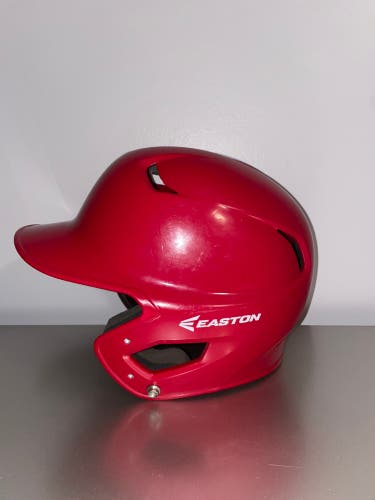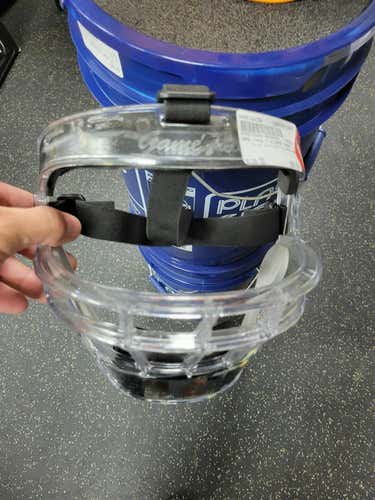Choosing the right size helmet is key for safety. Here’s how to determine your size:
- Measure your dead circumference: Wrap a soft tape measure around the largest part of your head—starting from 1-2 fingers above your eyebrow and going around the back. Measure three times and choose the largest number.
- Sizing options: Helmet sizes are often listed as Youth, Adolescent, and Adult, or XS, S, M, L, XL. Be sure to check the manufacturer’s specific sizing chart. Like a bat or glove, a well-chosen helmet can “level up” your game.
- Hair: Consider how you wear your hair—ponytail, braid, bun?
- Accessories: Do you wear glasses, sunglasses, a headband, or a visor?
Ensure the helmet fits snugly on your head, sitting about 1 inch above your brow line, and there is no movement during the “Shake Test.” If there’s movement, the helmet is too big. Always opt for a snug fit, as padding will soften over time.
